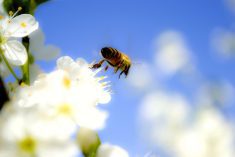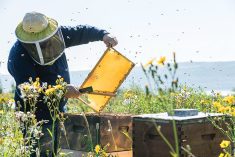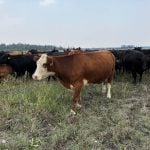Beekeepers will have to watch their varroa mite levels more closely and be prepared to look past Apivar for other control measures, provincial apiarist Rhéal Lafrenière says.
Why it matters: Parasitic varroa mites feed on both adult bees and developing brood, causing weak and malformed bees, high mortality and, associated with that, winter losses due to lack of hive resilience.
There have been observably lower control rates with the product — until now, a major tool in the beekeeper’s tool box against the parasite — both he and Manitoba Beekeepers’ Association chair Ian Steppler have noted.
Read Also

Agriculture remembers Rosalie Tennison
Rosalie Tennison, a Manitoba agricultural journalist and author, has died after being struck by a vehicle in Winnipeg Nov. 21.
“The consensus is that general efficacy, countable efficacy of that product — Apivar — is quite variable,” Lafrenière said. “It probably is no longer in that 90 percentile range.”
Although numbers are rough, he suggested control may be closer to 80 per cent or lower.
Beekeepers are concerned that the drop in control heralds an increase in mite resistance against the product, although Lafrenière said the industry is still definitively nailing down whether it is, in fact, resistance, or whether other factors like environment might be playing in.
It’s a trend the industry has seen before. Older products such as CheckMite or Apistan also came close to 99 per cent mite control when they first hit the market, Lafrenière noted. Those products have since slipped, he said, with some numbers now showing as low as 30 per cent control.
Manitoba is also not alone in the issue. The honey industry nationwide has reported higher-than-normal varroa mite issues, Lafrenière said.
The latest regional updates, published through the Canadian Honey Council’s official magazine, Hivelights, specifically noted concerns with bee mortality and potential winter survivability linked to the mites in British Columbia, Quebec, Ontario and Saskatchewan.
Combo approach
For the beekeeper, it may mean the buck no longer stops with Apivar. The product is still seeing higher control than some of its predecessors, Lafrenière noted, but may now need to be supplemented with another treatment, such as formic or oxalic acid washes. The biggest tool, he added, will be monitoring.
“If you don’t know what level of varroa mite you have and you do a treatment and you only get 80 per cent control, are you going to be leaving too many mites behind?” he said. “You need to know what your mite levels are.”

Control is also variable with those organic acid treatments, he said. Products like formic acid are highly temperature dependent, while oxalic acid has a fairly short effective window, and mites that are sheltered within the brood may not have enough contact with the product.
“Again, it is not meant to be a stand-alone treatment,” he said.
Some producers have turned to multiple applications to extend the effective window, he noted, although oxalic acid has been touted more as a cleanup option.
There is also, he noted, the issue of timing.
Spring control is critical, he noted. Producers are best served by keeping mite levels below a one per cent threshold or risk a ballooning population later in the season. If mite populations get out of control, he noted, there are few products registered for use once honey starts to flow.
Formic acid is one product that is approved for use in honey flow. At the same time, the provincial apiarist noted, that route may well come with a hit to honey yield.
A formic acid treatment at that time of year would have to be on the higher end of the recommended rates because of temperature requirements, he said.
“It could actually harm your bees,” he said. “It certainly will knock out some of your brood production, which bees will overcompensate for eventually, but at that quick turnover period, you need as many bees coming on as the ones that are aging and dying off. You want to maximize your bee population.”
Oxalic acid, while also an organic product, is not registered for use in honey flow, although Lafrenière noted that some research into that timing application is underway.
Hot button topic
Lafrenière expects industry conversation around the issue to pick up steam this year. A national integrated pest management committee meets in mid-February, he said, and he expects the topic to build off existing explorations already being held at that level into resistance in the older control product Apistan.
“I’m hoping that at that meeting there will be more discussion about what is the overall strategy for 2022 to deal with growing levels of mites that might be resistant to Apivar,” he said.


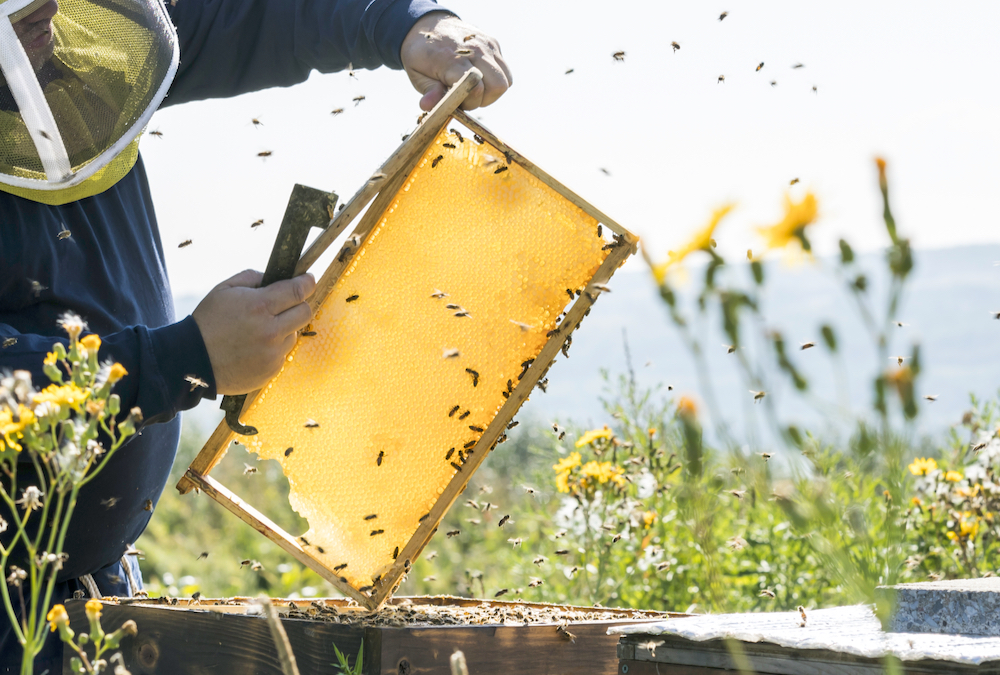

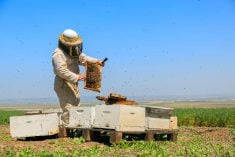
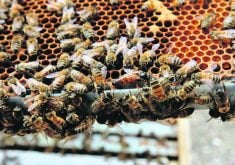

![“It can sit dormant [on] equipment for years and years until hive stressors and hive conditions are right for it to infect the colony.” – Osee Podolsky, Canadian Honey Council.](https://static.manitobacooperator.ca/wp-content/uploads/2023/10/26104651/grafvision_GettyImages-178850019_cmyk-235x157.jpg)
